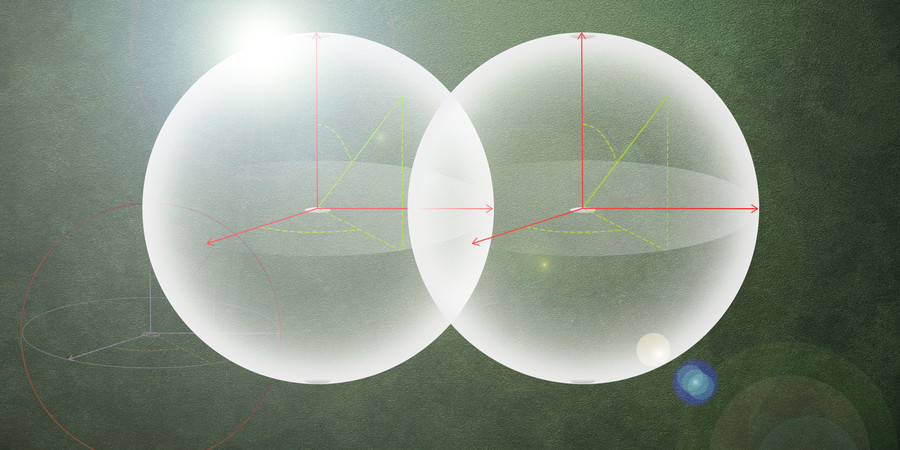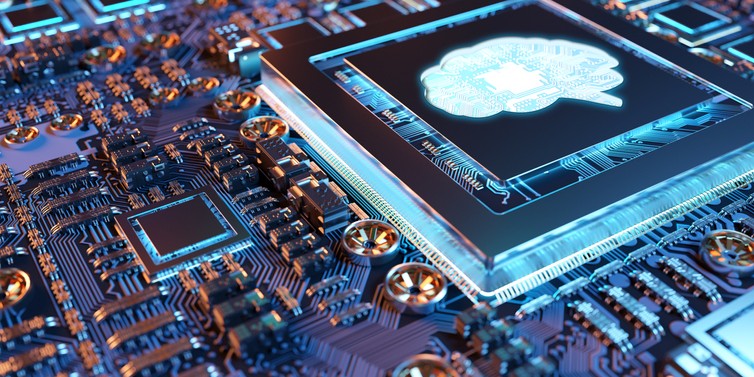Matt Stieb | New York Magazine
July 29, 2022
To better understand the importance of semiconductors and the world of electrical engineering, MIT professor Jesús del Alamo explains about how semiconductors work and why the CHIPS Act could impact our lives in the coming decade.
So what exactly are semiconductors?
Semiconductors are a versatile class of materials with really fascinating properties that make it possible to make computer chips, light-emitting diodes, lasers, solar cells, etc. The ones we hear about most — that are in computer chips, microchips, and many of the chips we use in gadgets around us every day — are made of silicon. We’re talking about a really tiny square centimeter slab of silicon with millions, sometimes billions, of transistors in them that perform computations, signal processing, can hold memory, etc. They’re in all sorts of gadgets all around us: cars, lightbulbs, electric toothbrushes, weapons, aircraft. They’re everywhere.
What sort of exciting research is out there right now that this bill could help support?
One area is artificial intelligence, which is solving superhuman problems and permeating all kinds of applications. Because of this explosion of AI, there is now a big effort to develop unique technology to perform AI functions more efficiently.
The second big revolutionary technology that is emerging is something called chiplet integration. If you look at an electronic board, you’ll see many chips laid out on them or connected together somehow. It is pretty much spread out and is relatively large and the chips are relatively far from each other and are connected through conducting lines that are slow and power hungry. This new chiplet-integration approach is a way to assemble a system with individual chips in an extremely compact way with very high energy efficiency. This is going to allow very large and complex systems to be way cheaper to design and make than before.
Complete article from New York Magazine.
Explore
MIT Engineers Advance Toward a Fault-tolerant Quantum Computer
Adam Zewe | MIT News
Researchers achieved a type of coupling between artificial atoms and photons that could enable readout and processing of quantum information in a few nanoseconds.
The Road to Gate-All-Around CMOS
Monday, April 14, 2025 | 10:00 AM to 11:00 AM
In-Person
Haus Room (36-428)
50 Vassar Street Cambridge, MA
2025 MIT AI Hardware Program Annual Symposium
Monday, March 31, 2025 | 10:00 AM - 3:30 PM ET
Multiple Speakers




